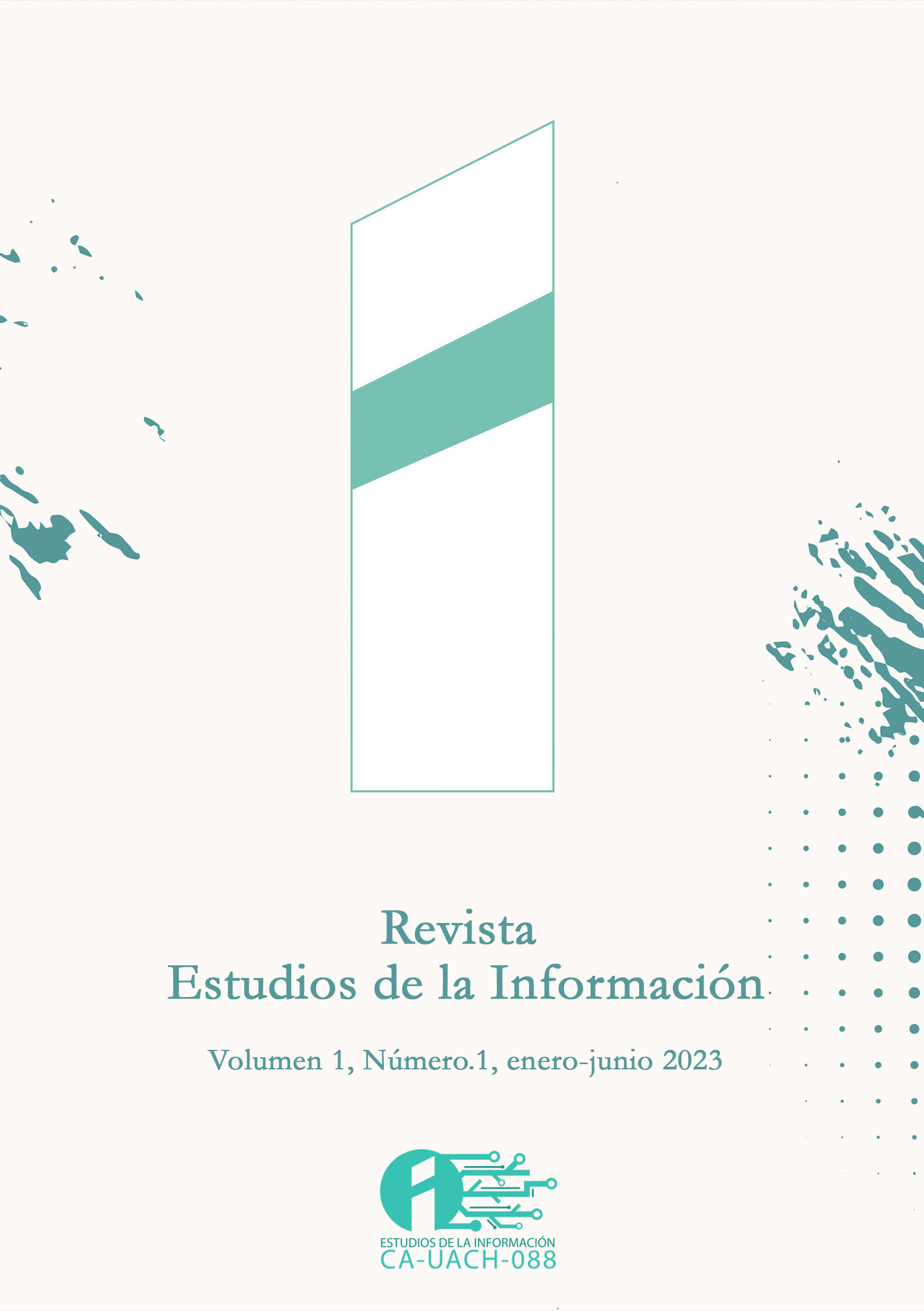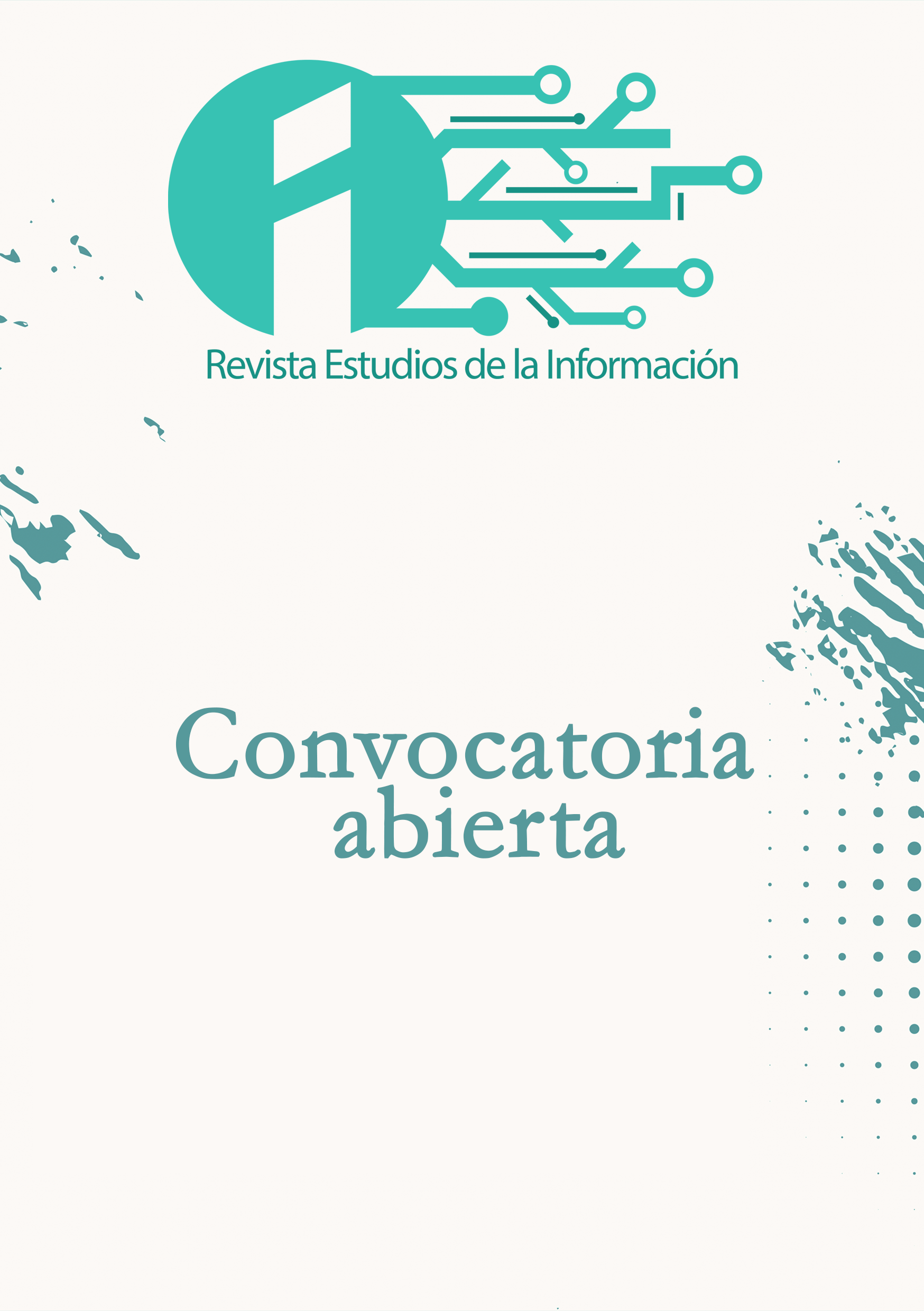Iconic translanguage
Its first forays into the document
DOI:
https://doi.org/10.54167/rei.v1i1.1092Keywords:
archival science, emoticons, writing history, iconic translanguage, knowledge societyAbstract
The ability to build a language is an aspect that characterizes the human being, that is, a system of different signs that correspond to different ideas. This is the phenomenon that we will address in this brief analysis, since, with the introduction of technology, the possibilities of communication have been enhanced. The progress in recent years has been of such magnitude that nothing is as it was before the appearance of the internet. At the same time, this effect has not been analyzed at the same speed as its application by scholars of informational areas, making it clear that social changes occur faster than science records them. Hence, we are going, from the perspective of written communication, to analyze the contributions that emoticons make to the structured message. This is due to the fact that these expressive faces that give strength to communication have presented their first advances in the formal field. Until recently, its sphere of influence was limited only to social networks, and, however, it has already jumped to other scenarios, we do not know how soon it will be incorporated into written, official or personal documents. What we do know is that they will always do so as accessories, reinforcements of the intention of the written message. Through the use of an analytical method with a qualitative approach, we conclude that we are facing the construction of a globalized social identity based on symbols, information and emotions, that is, we have begun to configure an iconic translanguage.
Downloads
References
Canagarajah, S. (2011). Codemeshing in academic witing: Identifying teachable strategies of translanguaging. Modern Language Journal, 95(3), 401-417. https://www.jstor.org/stable/41262375
Cuadrado Gordillo, I., Martín-Mora Parra, G., Fernández Antelo, I., y Merchán Romero, I. M. (2014). Análisis metaperceptivo de los elementos expresivos de internet: Clasificación y uso de emoticonos. Internet Latent Corpus Journal, 4(1), 29-45. https://doi.org/10.34624/ilcj.v4i1.14791
Costa, J., y Raposo, D. (2013). La rebelión de la letra: tipografía, caligrafía, lettering, grafitti, tipovisión, arte y humor. Costa Punto Com.
Damián Bragazzi, F. D. (2020). Signo y eco. Problemas, discusiones y posibles soluciones. Revista de Investigación del Departamento de Humanidades y Ciencias Sociales, 9(18), 155-172. http://repositoriocyt.unlam.edu.ar/handle/123456789/706
de Saussure, F. (2019). Curso de lingüística general. Ediciones Akal.
Dussel, I. (2009). Escuela y cultura de la imagen: Los nuevos desafíos. Nómadas, (30), 180-193. https://www.redalyc.org/articulo.oa?id=105112060014
García, O., y Wei, L. (2014). Translanguaging: Language, bilingualism and education. Palgrave Macmillan.
Gómez Camacho, A., y Gómez del Castillo, M. T. (2015). Escritura ortográfica y mensajes de texto en estudiantes universitarios. Perfiles Educativos, 37(150), 91-104. https://bit.ly/3GsK0Sd
Lipovetzky, G. (2002). La era del vacío. Anagrama.
Lipovetzky, G. (2016). De la ligereza. Hacia una civilización de lo ligero. Anagrama.
Lipovetzky, G., y Serroy, J. (2015). La estetización del mundo: Vivir en la época del capitalismo artístico. Anagrama.
Llano Idarraga, O. (2004). La historia del lenguaje escrito: La evolución de la escritura hasta nuestros días. Ánfora, 11(18), 125-144. https://bit.ly/3LroEaF
Martín Baños, P. (2006). Los juglares de gesta: Desmontando algunos tópicos. Per Abbat: Boletín Filológico de Actualización Académica y Didáctica, (1), 99-102. https://dialnet.unirioja.es/servlet/articulo?codigo=2161750
Mendieta Ramírez, A., Estrada Rodríguez, J. L., y Pérez Pérez, K. (2019). Millennials en torno a la comunicación y cultura para la educación superior. Revista Iberoamericana para la Investigación y el Desarrollo Educativo, 10(19), 1-24. https://doi.org/10.23913/ride.v10i19.497
Murias Román, R., y Mas Álvarez, I. (2021). Emoticonos y expresion de los sentimientos: ¿Nuevas metodologias en la enseñanza de ELE? En: Saracho-Arnaiz, M., y Otero-Doval, H. (Eds.) Internacionalizacion y enseñanza del español como LE/L2: plutilinguismo y comunicacion intercultural. ASELE.
Ramírez-Aceves, M., y Hernández Cardona, J.A. (2014). El sistema de rendicion de cuentas mexicano y su interaccion con la archivistica. Informacion, Cultura y Sociedad, (30), 79-104. https://bit.ly/3HdXth3
Romero Tallafigo, M. (1997). Archivística y Archivos: Soportes, edificio y organización. S & C.
Sartori, G. (1998). Homo videns: La sociedad teledirigida. Taurus.
Userlike. (2018). Cómo usar emoticonos y emojis en la comunicación empresarial. https://www.userlike.com/es/blog/emojis-comunicacion-profesional
Vela Delfa, C. (2020). Una aproximación semiótica al estudio de los emojis. Círculo de Lingüística Aplicada a la Comunicación, 84, 153-165. https://doi.org/10.5209/clac.69723
Downloads
Published
How to Cite
-
Abstract172
-
PDF (Español)91




